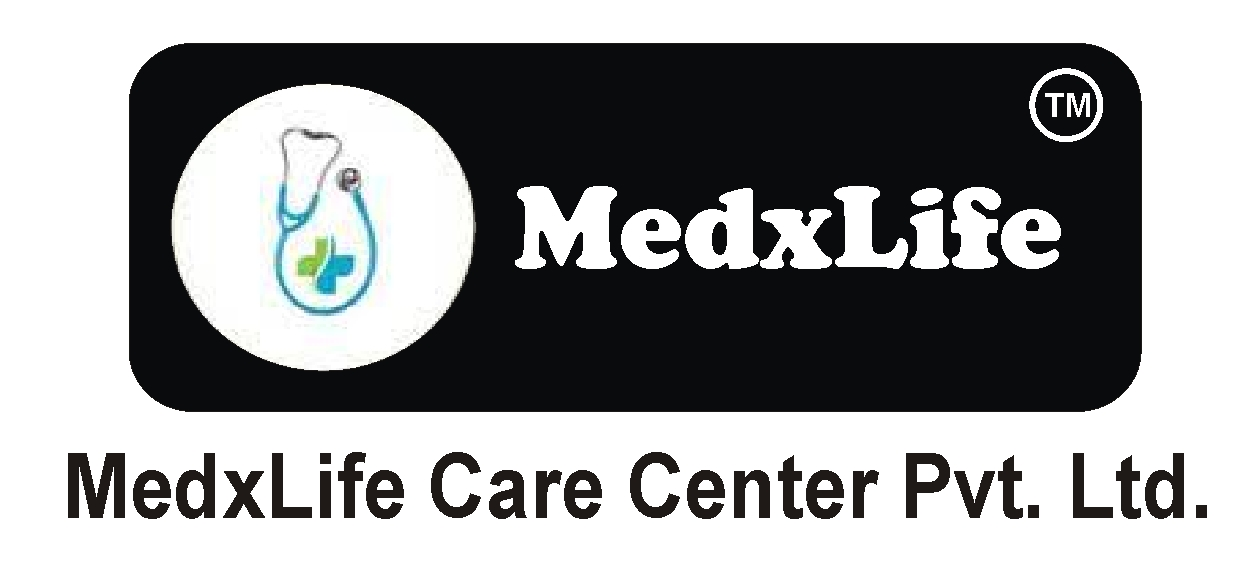Salivary gland consists of two words. One is salivary came from the word saliva and other is the gland. So let’s know what is saliva? Saliva is the fluid / liquid which is present in the mouth and secreted and produced by the salivary gland. Now let’s understand the term gland. Gland is the small organ that is found in our body and produces chemical substances in our body. Hence, salivary gland is an exocrine gland which produces saliva. Saliva are produced through a system of ducts. Around 0.5 to 1 liter of saliva is produced every day in human beings. In human beings, there are major three pairs of salivary gland. These are parotid gland, submandibular gland and sublingual gland.
Parotid glands are present around the mandibular ramus in human beings. Generally, we can say that parotids gland is present in cheek. It secrets saliva which helps in masticating and swallowing the food. Here the digestion of starch starts by the amylase. Its location is mandibular ramus posteriorly and mastoid process of the temporal bone anteriorly. It contributes around 20% of the total salivary content in the oral cavity. There is a viral infection called MUMPS which is caused by the infection present in the parotid gland.
Submandibular gland is also known as submaxillary gland. Generally, we can say that submandibular gland is present in lower jaw. It contributes around 70% of the total salivary content in the buccal cavity. The duct which is present in this submandibular gland is WHARTON’S DUCT. These glands are smaller than the parotid glands. Its location is two fingers above the adam’s apple.
Sublingual glands location is in the tongue inferiorly and submandibular glands anteriorly. Generally, we can say that sublingual gland is present below the tongue. Duct which is present in sublingual gland is RIVINUS DUCT. Sublingual gland contributes around 5 % of the total saliva to the oral cavity.
All of these three glands are present outside the buccal cavity. These glands secrete the salivary juice into the buccal cavity.
As we discussed above that salivary gland secretes saliva, it also plays a major role in providing benefits to the buccal cavity as well as to the health of the human beings in general. There is a protein called mucins present in the saliva. Mucin is the organic constituent of mucus. It helps in lubricating and protecting the soft and hard tissues of the buccal cavity. If the rate of flow of saliva will be higher, then the clearance will be faster and the buffer capacity will be higher. Also from the dental caries there will be a better protection. If a person will be having slow saliva flow rate, then there will be slow clearance and buffer capacity is low. Hence, there will be lesser protection from the dental caries. There is another enzyme called salivary amylase which converts starch to glucose, maltose and dextrin. Therefore, we can say that the first digestion in human beings occurs in mouth. Saliva also acts as a solvent. Here, the solid particles dissolve. Through oral mucosa located on the tongue it enters the taste bud. Hence we can say that saliva helps in masticating and mixing up the food thoroughly. Teeth and tongue helps in this process
CONTRIBUTOR- MEDICO ABINASH JENA




